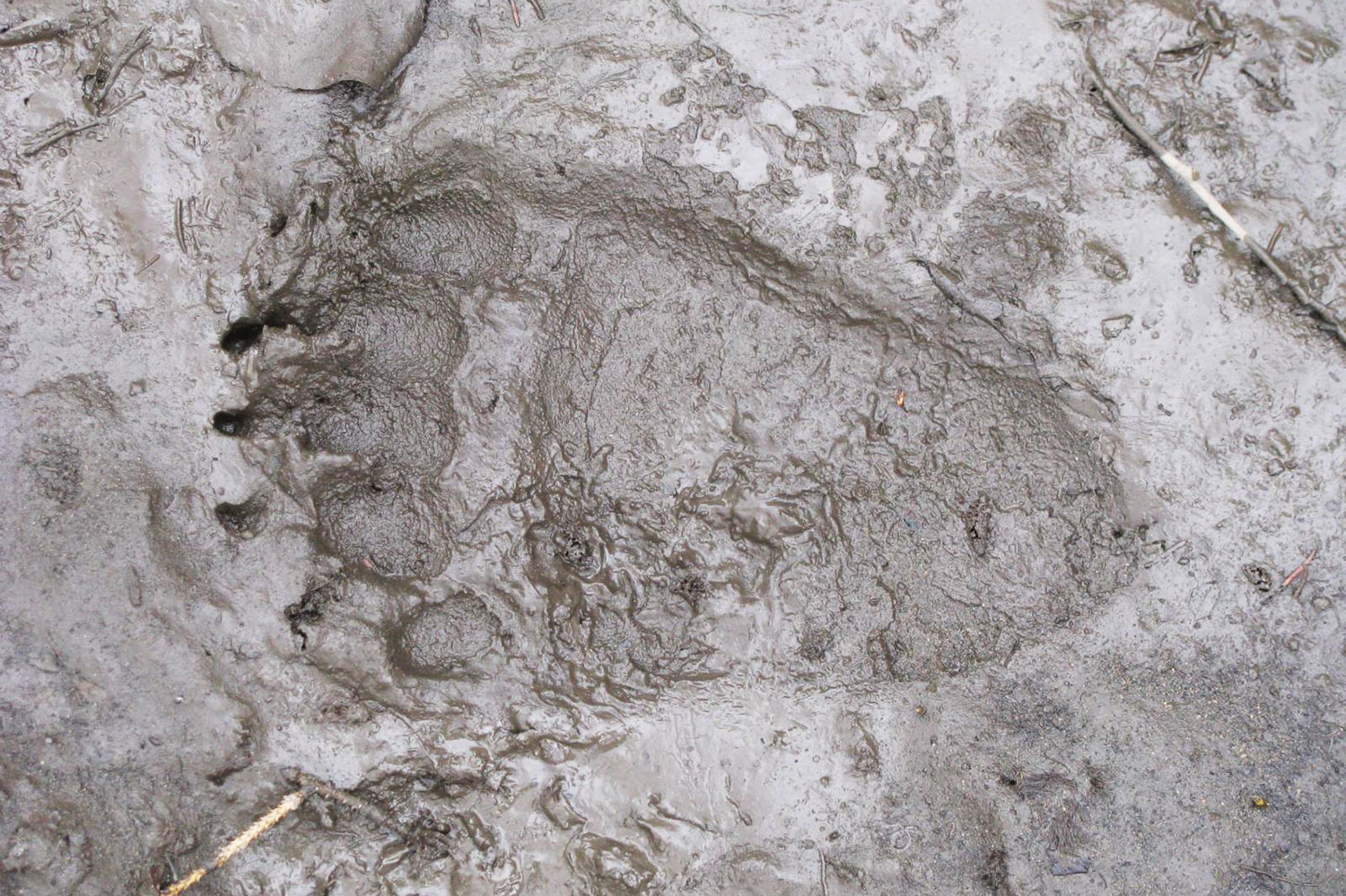
There is no more prestigious recognition of environmental contributions in Alberta than the Emerald Awards. Over the years, fRI Research, our programs, and our associations have been honoured repeatedly by the Alberta Emerald Foundation. This year we are again absolutely delighted that Gord Stenhouse and the Grizzly Bear Program he has led for 21 years were named as finalists in the Shared Footprints Category.
Though the Foundation specifically calls attention to Stenhouse’s guidance, he is adamant that the award isn’t for him. “It’s for the program. It’s a team award,” he insists. “There have been so many biologists, including 28 grad students who got degrees out of this program. All of them have made great contributions.”
This remarkable team sprawls across Canada, and includes collaborators from Norway to New Zealand. During busy summers, dozens of university students can converge on the Hinton home base to form the field crew.
And what the Grizzly Bear Program team has accomplished is even more extraordinary. The foundation notes the program’s impressive reputation for “excellent science, practical solutions, and strong partnerships with government, industry, academia, NGOs, and indigenous communities.”
Those two words excellent science cover countless discoveries about grizzly bear habitat, diet, reproduction, denning, movement, energetics, health, stress, mortality, response to human activity, and much more. These all add up to an amazing body of knowledge, and perhaps the most complete long-term grizzly bear database in the world. “The population inventories we did—many in areas that had never had a proper grizzly bear count—let us finally understand the number of grizzly bears in Alberta.”
The next two words practical solutions gets at the benefit of all that information—answers and tools for real problems facing our partners. “It has changed grizzly bear conservation and management in Alberta,” says Stenhouse. For example, the government has used our research on the impact of all-weather roads to set road density thresholds for industry. With the GIS Program, the team has also developed a suite of GIS tools that let our partners assess how their activities will affect grizzly bears.
It’s also very appropriate that the Foundation points out our many partnerships, “many of which have been with us from the beginning, which is really quite uncommon” says Stenhouse. In addition to direct funding support, they also generously share their expertise to ensure that our research questions are always grounded in real operational needs, which keeps us relevant.
“But maybe what I’m most proud of,” says Stenhouse. “Is that we have launched the careers of the next generation of scientists, and fueled their interest in conservation.”






